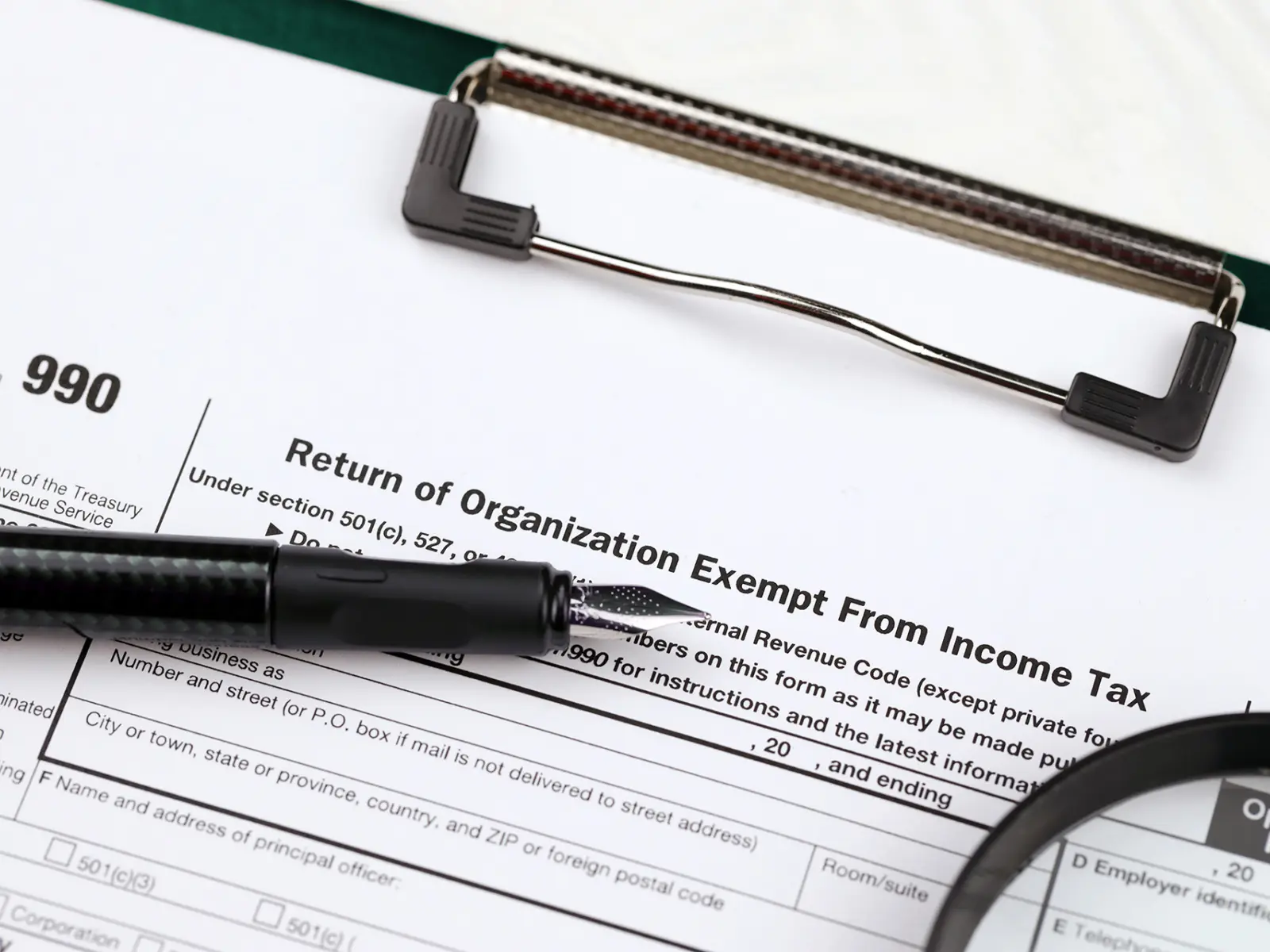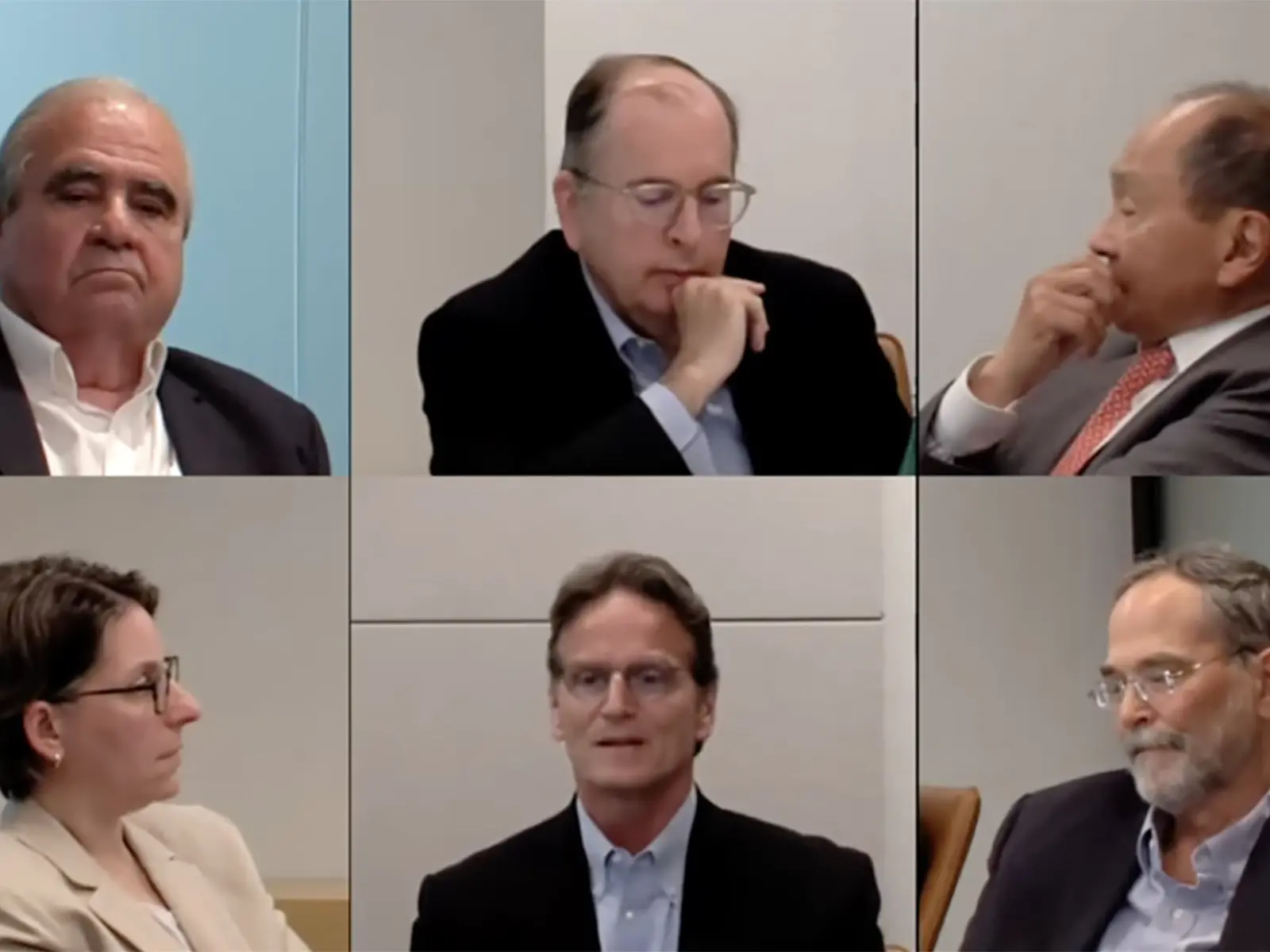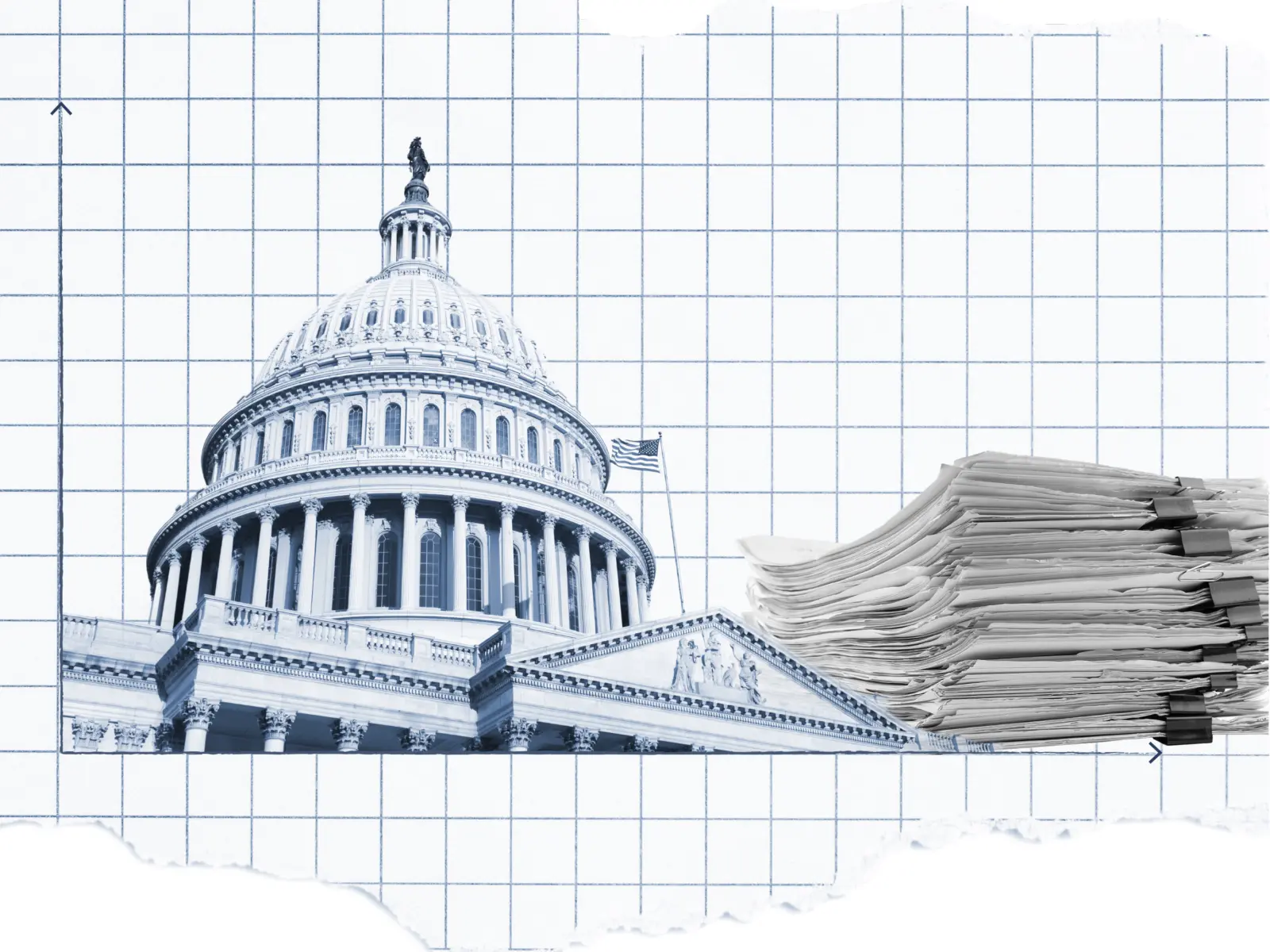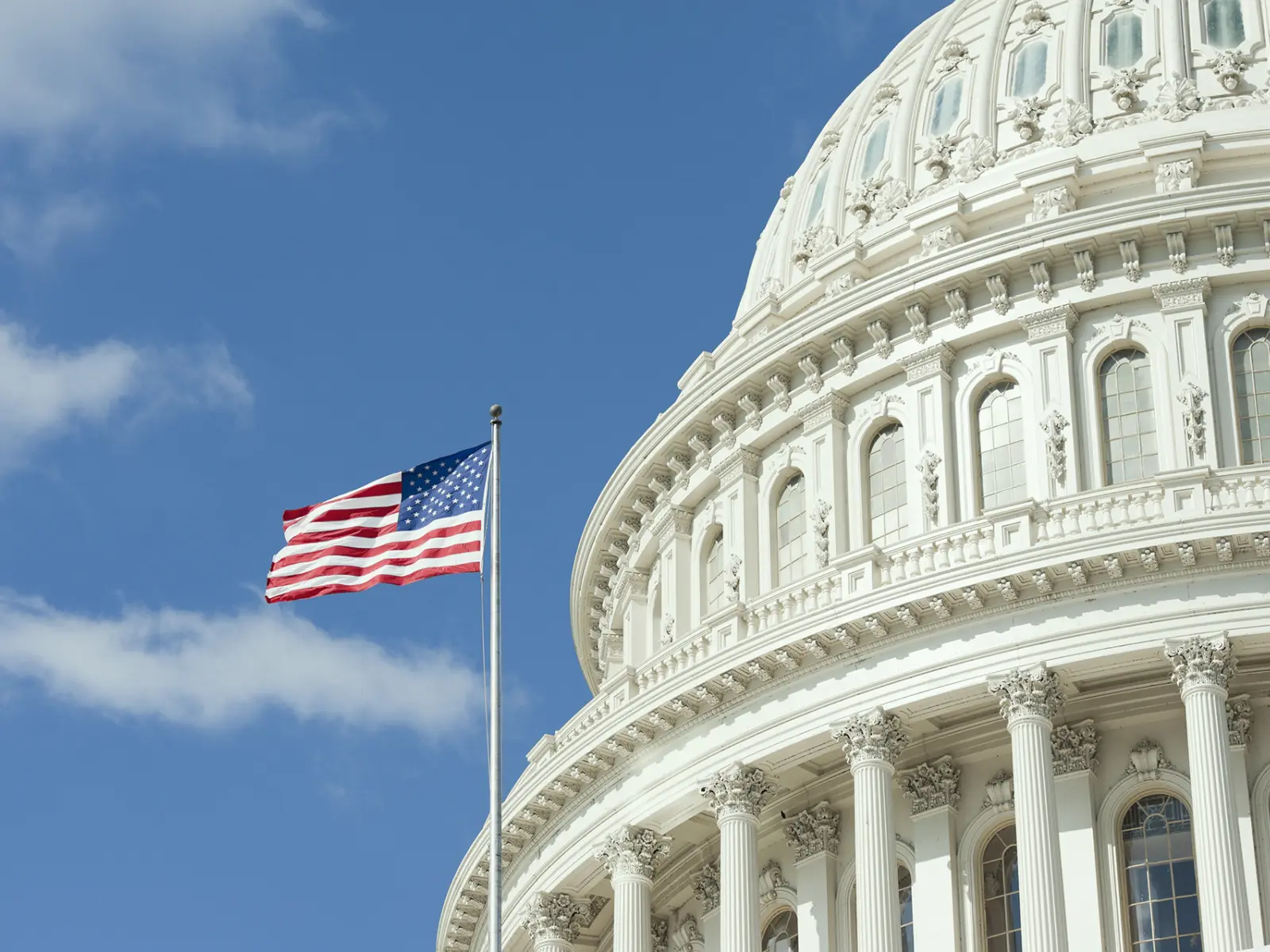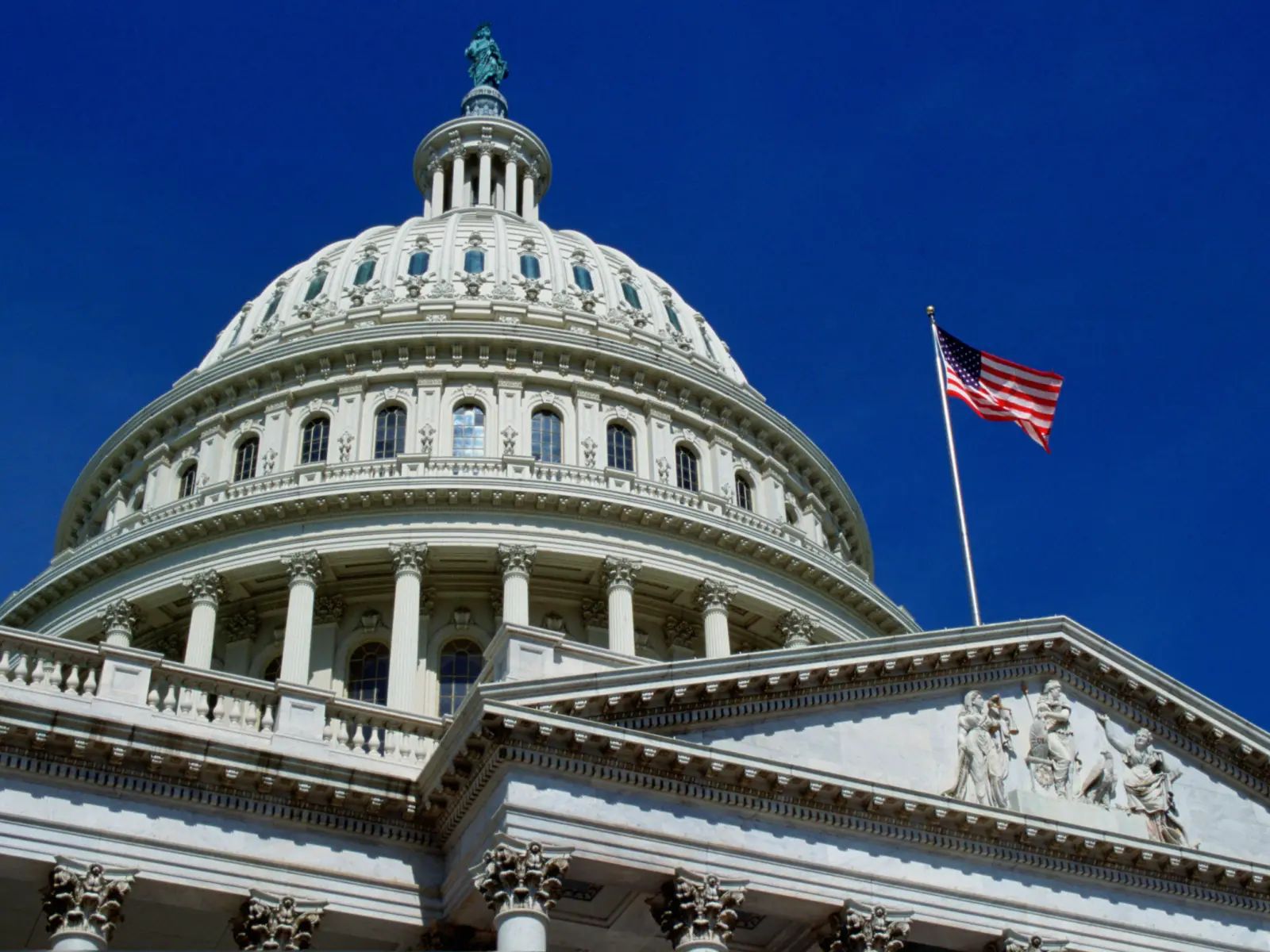As Congress considers extending provisions of the 2017 Tax Cuts and Jobs Act (TCJA), lawmakers are considering changing the budget assumptions Congress has used for decades to judge the fiscal impact of their work. Some members have embraced adoption of a “current policy baseline” that assumes extending these tax provisions has no cost. This approach is based on flawed assumptions, disguises the reality of our growing debt, and risks setting a dangerous precedent — one that could pave the way for unchecked government spending in the future.
A current policy baseline has intuitive appeal to those of us who would like to see pro-growth tax policy extended. It operates on that assumption that tax rates in place today will continue, regardless if they are scheduled to expire.
Making permanent expiring TCJA provisions would add approximately $4.7 trillion to the deficit over the next decade, but by shifting to a current policy baseline they instead show up as a zero in deficit math.
It is a neat trick, but a “current policy” baseline doesn’t comply with current budget rules and wouldn’t change the trajectory of our debt, even if its stated price tag was lower. Using one approach over another does nothing to change how much we spend, how much revenue comes in, and how much debt we need to float to cover the difference between the two.
Some members have argued that a current policy baseline would merely correct a bias in current budget scoring rules, claiming that temporary spending programs are assumed to continue while temporary revenue provisions are not. This is misleading. The Congressional Budget Office does assume some temporary programs continue in its projections, but this applies to both spending and revenue and only under specific, long-established criteria. Narrow definitions mean that only a small fraction of revenue and spending policies receive this treatment in the baseline.
When the TCJA was passed in 2017, Congress used a “current law” baseline, as is typical. This had two important implications. First, it kept the overall cost of the legislation down by only providing eight years of tax relief instead of ten. Second, it contained all costs within the ten-year budget window, making the bill compliant with reconciliation rules that dictate that such bills cannot increase deficits outside of that window.
Contrast that with the potential use of a “current policy” baseline now. After eight years of individual tax relief, use of a current policy baseline would convert that temporary policy into a permanent one without Congress ever having to account for the costs of doing so. And it would also provide a backdoor method of sneaking permanent, deficit-increasing policy into reconciliation packages, which benefit from lower vote thresholds for passage.
The implications of this shift are enormous. Imagine if Democrats claimed the temporary provisions of the $1.9 trillion American Rescue Plan Act of 2021 were “current policy” a year later in 2022. They could have pretended that $1,400 “stimulus” payments, a child tax credit of up to $3,600, tax-free treatment for forgiven student loans, and $350 billion in slush-fund dollars for states, among other provisions, could be made permanent for free. No doubt Senator Bernie Sanders (I‑VT), chair of the Senate Budget Committee at the time, would have eagerly made such an argument if he thought it would stick.
Budget rules are like guardrails: they protect everyone, regardless of who’s driving. If Republicans adopt this gimmick now, Democrats will exploit it in the future to justify massive expansions in government programs without acknowledging the true costs.
When it comes to TCJA expirations, we believe it’s possible — and critical — to do both: to extend and even enhance pro-growth tax provisions while also ensuring we don’t add to our unsustainable debt. This isn’t an either-or proposition. Over the next ten years, CBO projects $89.3 trillion in total outlays and $67.5 trillion in total revenue. Finding approximately $5 trillion in savings from a pool that large to help pay for tax reform is not a trivial exercise, but it is both achievable and urgent.
Lawmakers should resist the urge to prioritize short-term political wins over long-term fiscal responsibility. Extending TCJA provisions is a difficult policy debate. Whatever decisions are made, they should be grounded in honest accounting. The American people deserve no less.




